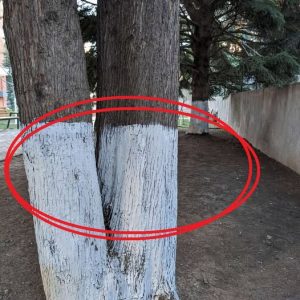Cockroaches entering through bathroom drains is a problem many households experience, largely because these pests thrive in warm, moist environments. Bathrooms, especially those with frequent shower use, create ideal conditions for them. Even when cleaning is done consistently, cockroaches can travel through plumbing networks, bypassing surface-level cleanliness. Their ability to flatten their bodies and slip into small crevices makes it easy for them to enter homes through drain pipes. This ongoing issue has driven many people to search for simple, practical solutions that don’t involve harsh chemicals or complicated tools. Among these methods, one surprisingly effective trick involves a common party balloon, something most people already have at home.
The reason cockroaches target shower drains specifically is closely tied to moisture. Plumbing systems retain dampness, and shower drains rarely dry out completely. This constant moisture creates a welcoming entryway for insects searching for water. Additionally, these pests use plumbing as a transportation network, moving from one area of a building to another through pipes and gaps. Traditional drain covers often have openings large enough to allow cockroaches to squeeze through. While the covers keep hair and debris from clogging the pipes, they are not designed to act as barriers against insects. This is where the balloon trick becomes helpful, as it alters the drain cover in a simple but effective way, reducing the accessibility of the opening.
To apply the balloon method, a homeowner first removes the shower drain cover. A regular balloon is modified by cutting off both ends, leaving a stretchy tube. This tube is then slid around the outside of the drain cover, forming a tight, flexible seal. Because balloons are made from elastic material, they can easily conform to the shape and size of different drain covers, making the technique versatile. Once the balloon is in place, the drain cover is reinstalled as usual. The balloon decreases the opening size of the drain, maintaining water flow while creating a much narrower path that cockroaches struggle to pass through.
The physics behind the balloon method are rooted in simple obstruction. Cockroaches can flatten their bodies but still require a minimum amount of space to move. By narrowing the opening with the balloon, the method prevents them from crawling through without blocking water drainage. Homeowners using this technique often find that it dramatically reduces the number of insects entering their bathroom. While it does not fully seal the drain, it creates enough resistance to make it highly unlikely that cockroaches will choose this path. The technique also has the advantage of being easy to implement, inexpensive, and reversible if adjustments or replacements are needed.
However, the balloon trick is most effective when paired with broader prevention practices. One essential step is controlling moisture in the bathroom. Cockroaches are drawn to damp environments because they need water to survive. By ensuring the bathroom dries quickly—using ventilation fans, wiping surfaces after showers, and reducing standing water—the attractiveness of the space is reduced. Regularly cleaning inside and around drains also helps prevent buildup that might attract insects. Soap scum, hair, and residue can retain moisture and provide hiding spots, so keeping these areas clean disrupts cockroach sheltering behavior.
Another important measure is inspecting and sealing gaps around pipes, walls, and flooring. Many bathrooms have small cracks where plumbing fixtures meet the wall, or openings under sinks where pipes pass into cabinets. These gaps can serve as secondary entry points for insects, allowing them to bypass drains completely. Using silicone caulk, expanding foam, or pipe seals can block these pathways effectively. When combined with the balloon method, moisture reduction, and routine cleaning, these steps create a comprehensive defense system. Together, they not only reduce cockroach entry through the shower drain but also improve overall bathroom hygiene and comfort.





